
4 steps to successfully approach branding or rebranding problems
We live in a challenging business period. New trends. Fast pace.
This impacts brands. Some problems arise. Sales slow down. Is this a branding issue? Is your brand still up-to-date? Don’t wait. Time can be your best ally as well as your worst enemy. Download our checklist to evaluate your brand’s state today.
(Read also: Everything you need to know about Branding)
Act now, but don’t rush
When facing such issues, rebranding is usually a good answer. But pause for a second! It’s important to first think about how to run such a process, and how you can succeed in making it real.
Rushing into execution is a common mistake. This usually translates into requesting service for a new logo. But a rebranding, or a brand refresh, is much more than this.
Take this challenging time as an opportunity. An opportunity to take a step back, review your position, the strengths and weaknesses you witnessed in your brand. This will help you to clearly define the type of brand you want to create. Shape it for success. You can read more about the different types of brands here.
A successful brand that reflects your business
Your brand is a strategic asset that allows showing your specialty, your uniqueness. But it also helps you attract more people and picture the strategy and vision of the company… Such an ambitious goal implies that you follow a number of steps.
The challenge about this? Forgetting one step can ruin the whole process. So be extra careful when carrying out the steps that will be explained in the following paragraphs. There are 4 important phases. Each requires specific skills and a specific team.
1. Identity & Positioning
The positioning phase is key and it’s usually the one with the most quid pro quos. Before design and graphic elements, the most implicit and essential dimension needs to be explored: the identity. This step allows to explore and define the deep meaning of the brand, as well as its architecture.
I still remember vividly those 3 lawyers that had been working together for a decade. We didn’t really understand why the graphic designer they hired was never able to get an approval on a proposition… never more than two out of the three liked a version, so they never reached a complete agreement.
What we did was quite simple, we asked them to write on paper where they imagined their company would be at 5 years later… and each of them had a totally different view. They were misaligned to an extent where they finally decided to create two brands for two different companies.
To succeed in the identity and positioning phase, you first need to have a clear view of your competitors on a branding level. What’s the colour palette they use? What type of fonts? What neuromarketing triggers are they trying to activate? Also, don’t forget to analyze the replacement products, too. Those are not direct competitors but could become alternative solutions to your audience.
Another important point is to always keep in mind your location. Analyze the macrographic trend of the region. It’s not the same to launch a brand in the French or in the German-speaking part of Switzerland, for example.
To define a clear positioning, a methodology is key. You may have heard of the Why/How/What system, described by Simon Sinek. At Enigma, we use our own framework: the creative footprint.
Use the one you would judge appropriate for your business (ZAG, Primal Branding for example) – whatever methodology works for you is definitely better than having no methodology at all. That will bring bad results for sure.
Team:
Strategist, analyst and if you have an ethnographer there… then, that’s a nice extra.
2. Visual universe & tone of voice
With a creative briefing based on a clear positioning, it’s finally time to create the brand. This part is a fantastic teamwork experience.
You need a good graphic designer and a good copywriter to adapt or create an appropriate name and the first core messages. If you want to have a good result, these two talents need to work hand in hand.
Read: How to develop a tone of voice
Remember, a brand is much more than a logo, it’s a mood board, a style of illustrations or pictures you may use, a font, that sometimes needs to be customized. Representations of concrete brand application in mockups can help you picture what the brand could be.
Team:
Art director, copywriter, and graphic designer
3. Declination
This is the execution part. Your brand now has a personality, a voice, and a visual universe. It’s time to put it into action.
What elements do you need to reach your audience? You have to define the exact corporate elements that you will need for a B2B company. That could be, for instance, business cards, brochures, powerpoint templates. Or if it’s a B2C company, creating packaging materials, or the right signage for a shop might be the way to go.
Usually, the team that is needed at this point will have to go much more into detail than in phase 2.
Team:
For print: print specialist
For digital: Ux & UI specialist
4. Change management
This phase is often forgotten. Even if you create a brand to attract new customers, how will the brand be perceived by the existing clients of your company? What about the best and first advocates of your brand, which are your own employees? How can you onboard them in this restructuring and guide them through the phase of change?
The answer to this question is to treat them with care. Prepare a plan on how to get them to embrace the new brand. An efficient framework for this is the Lewin’s change management model.
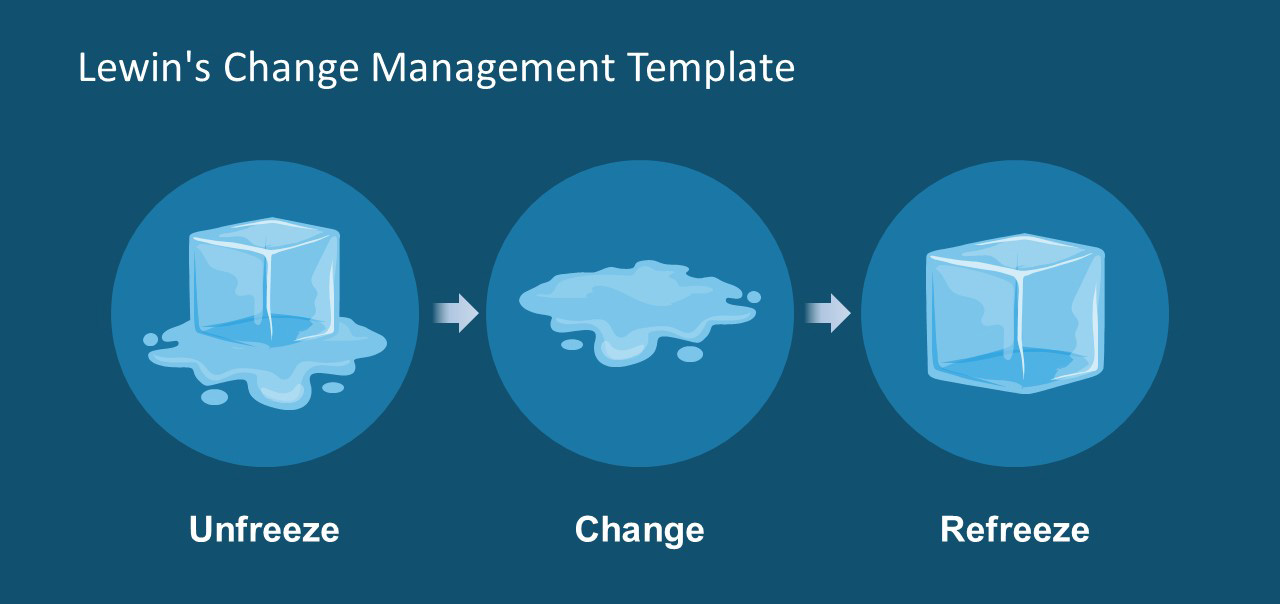
Startups tend to forget this phase because change is usually better accepted… but it’s not that easy. Startups are faster at unfreezing. But that’s it. They still need to work on the change and refreezing process. Especially, they need to put more effort into the refreezing phase.
Team:
Call back the strategist and the analyst. And if you can still use the ethnographer, do not hesitate to call him in as well.
Find out now if your brand is strong enough for the 21st century with the help of our free checklist:
Rebranding by Enigma
All our branding services are organized around the Enigma Creative Footprint. This approach takes a holistic look at branding. With this brand positioning tool, we are able to help on various topics.
Generative Identity and website
Enigma used the “generative identity” approach to create a new branding that would be recognized by all and personalized for each member of the EPFL-Alumni community.
Read the case study
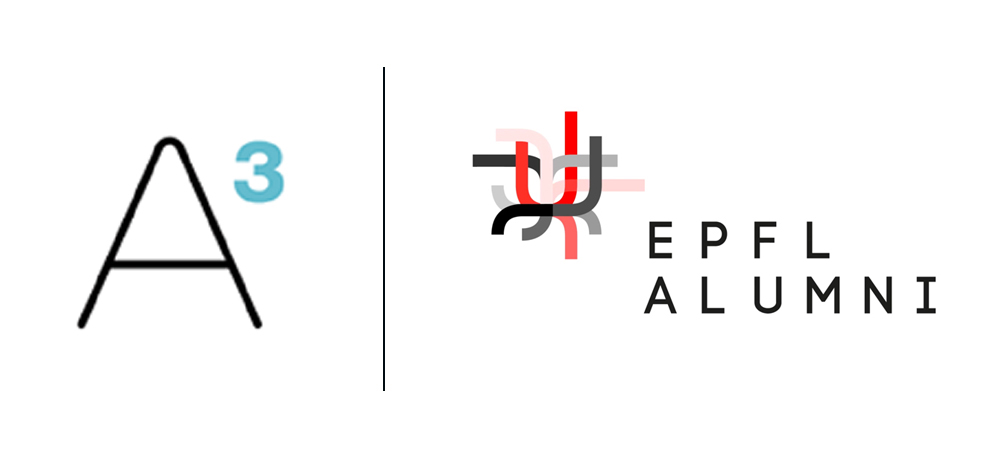
Rebranding the pharmaceutical sector
iQone Healthcare, a company active in the pharmaceutical industry, commissioned Enigma to develop a new branding that expresses its personality and diversity.
Read the case study

Branding Sprint in General Maintenance Work Sector
Thanks to the unique way of working in a sprint, Callegaro has been able to differentiate itself from its competitors and to be known in Switzerland. Their image is now in total accordance with their activities and can touch Swiss people.
Read the case study
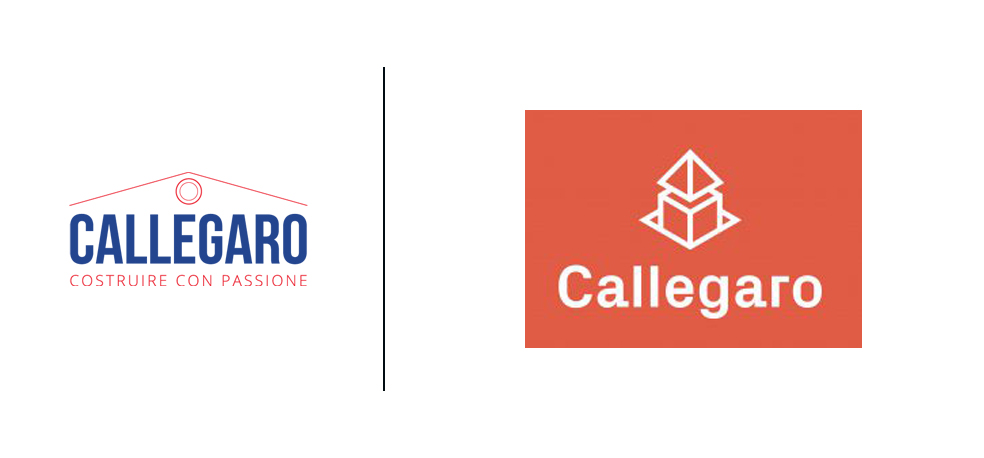
Creation of a systemic identity
As part of research work for Nestlé we explored the possibility of creating a systemic identity for the nest museum in Vevey.
Read the case study
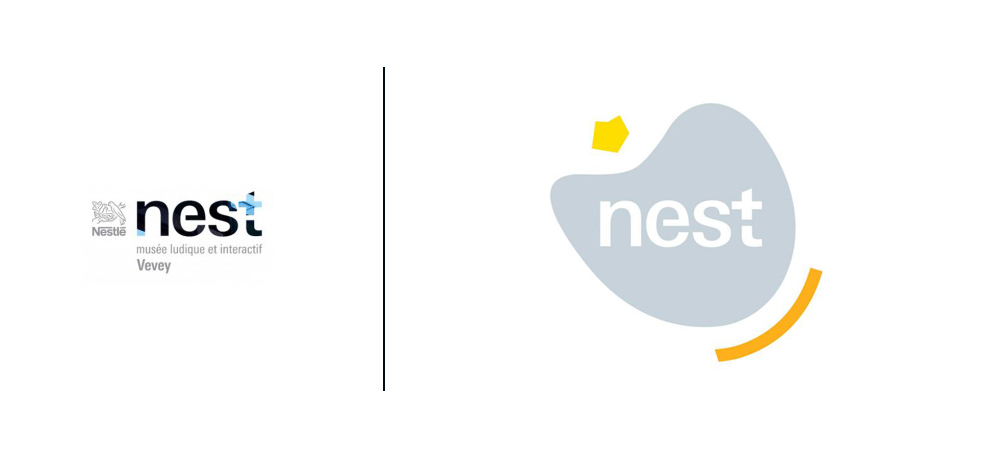
Digital start-up rebranding
In the highly competitive environment of PR 2.0, Upfluence wanted to be able to communicate in a clear and differentiated way from its competitors.
Read the case study
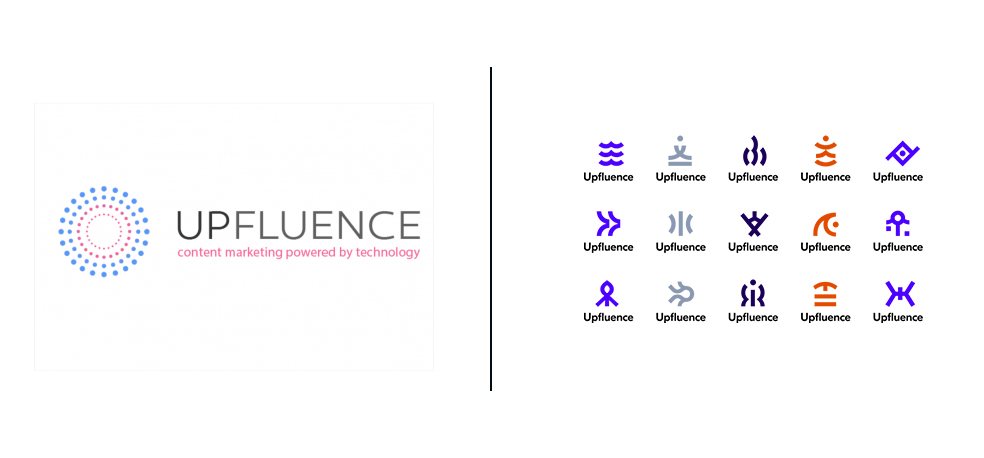
Rebranding for positioning and growth
Enigma supported Inflex-on in its rebranding, which aimed to better express its positioning and support its growth.
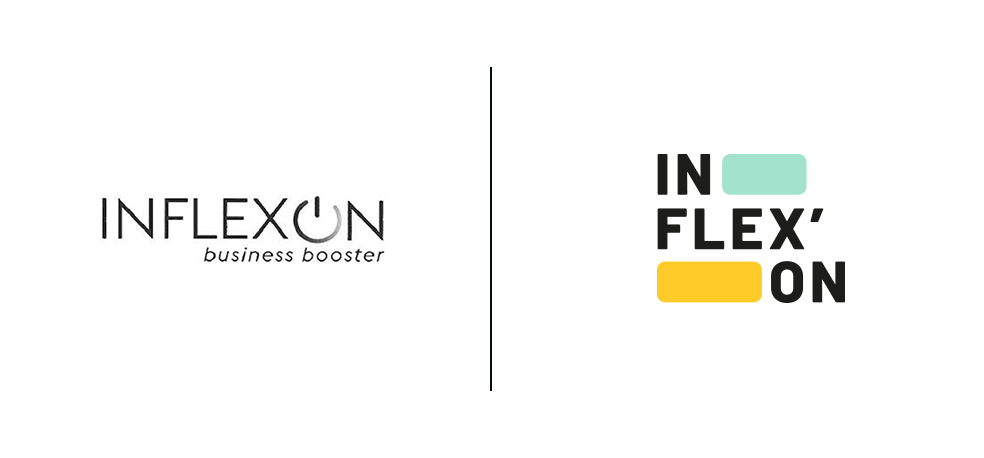
These are prime examples of brands ready for the 21st century. Is yours too? Or are you facing branding issues? Find out with our free checklist!